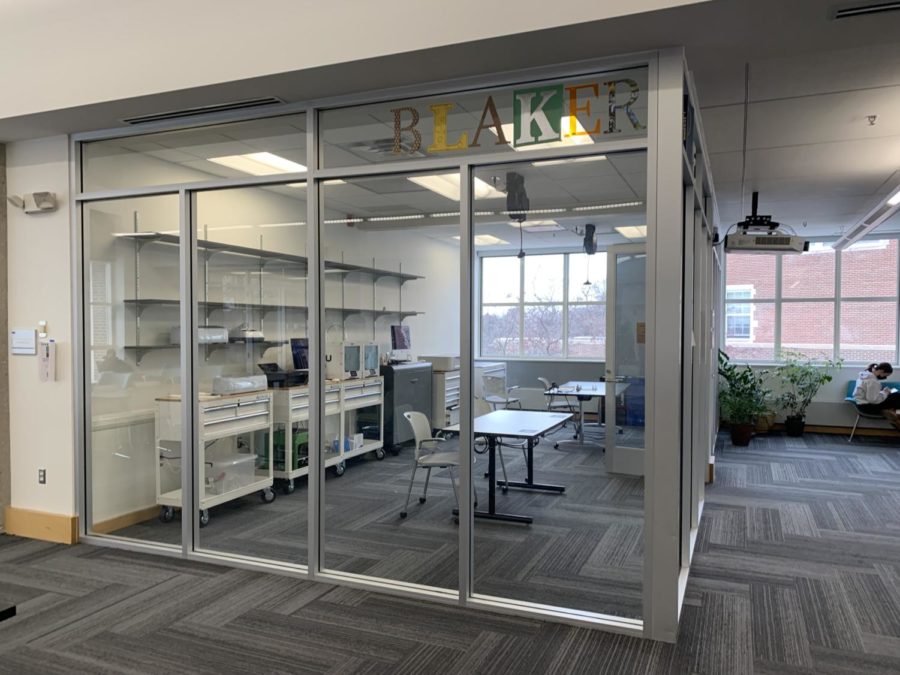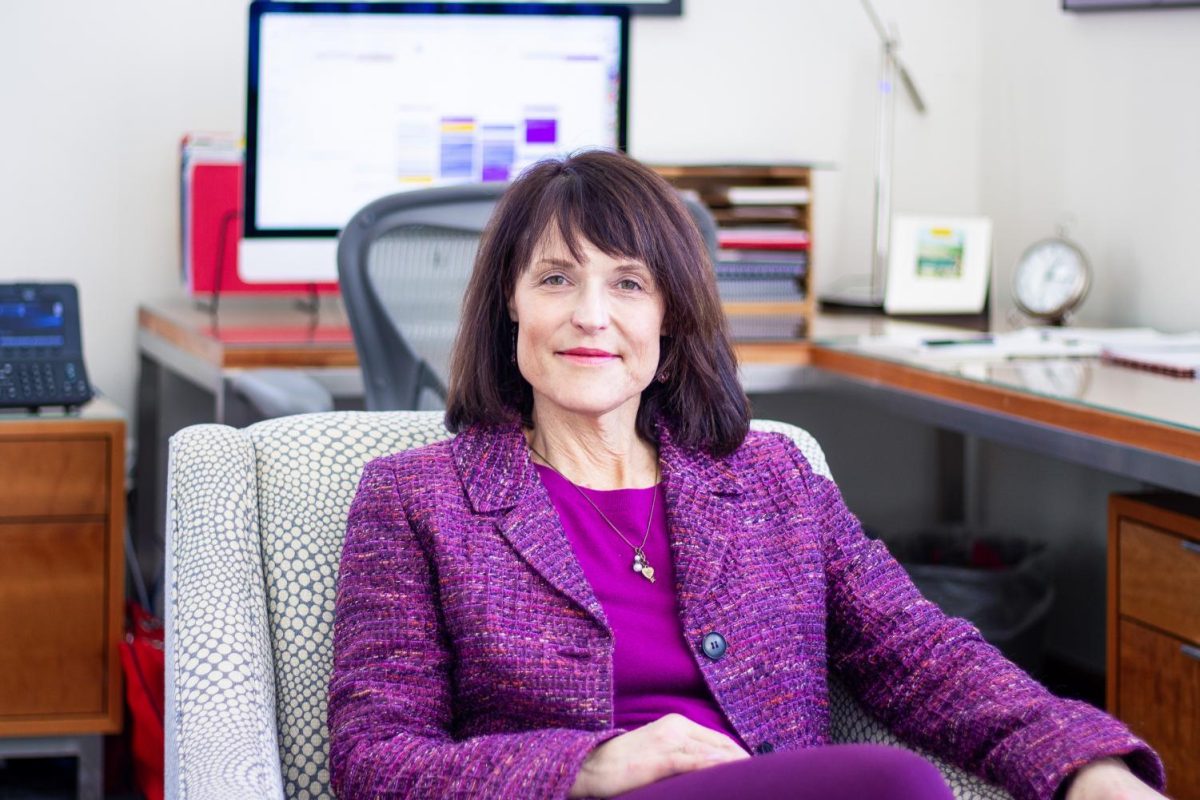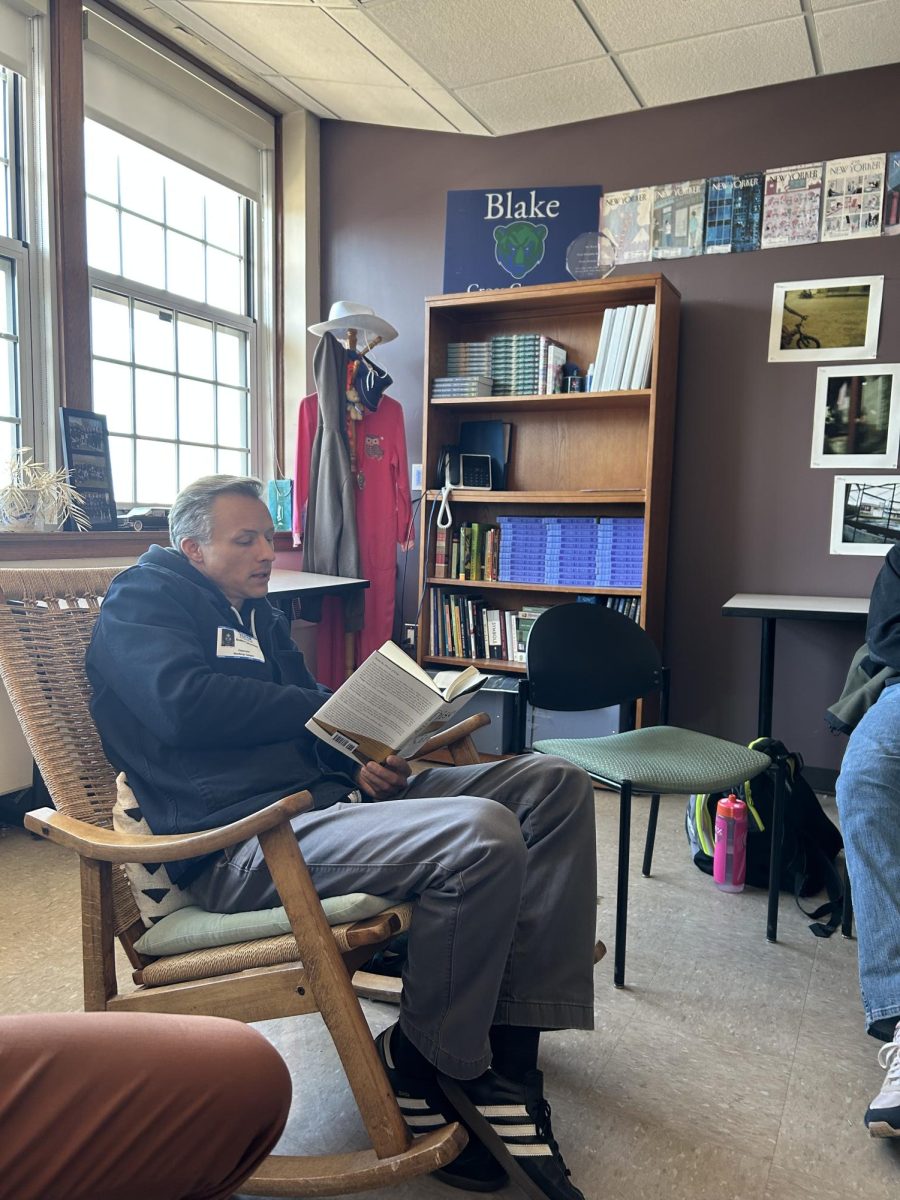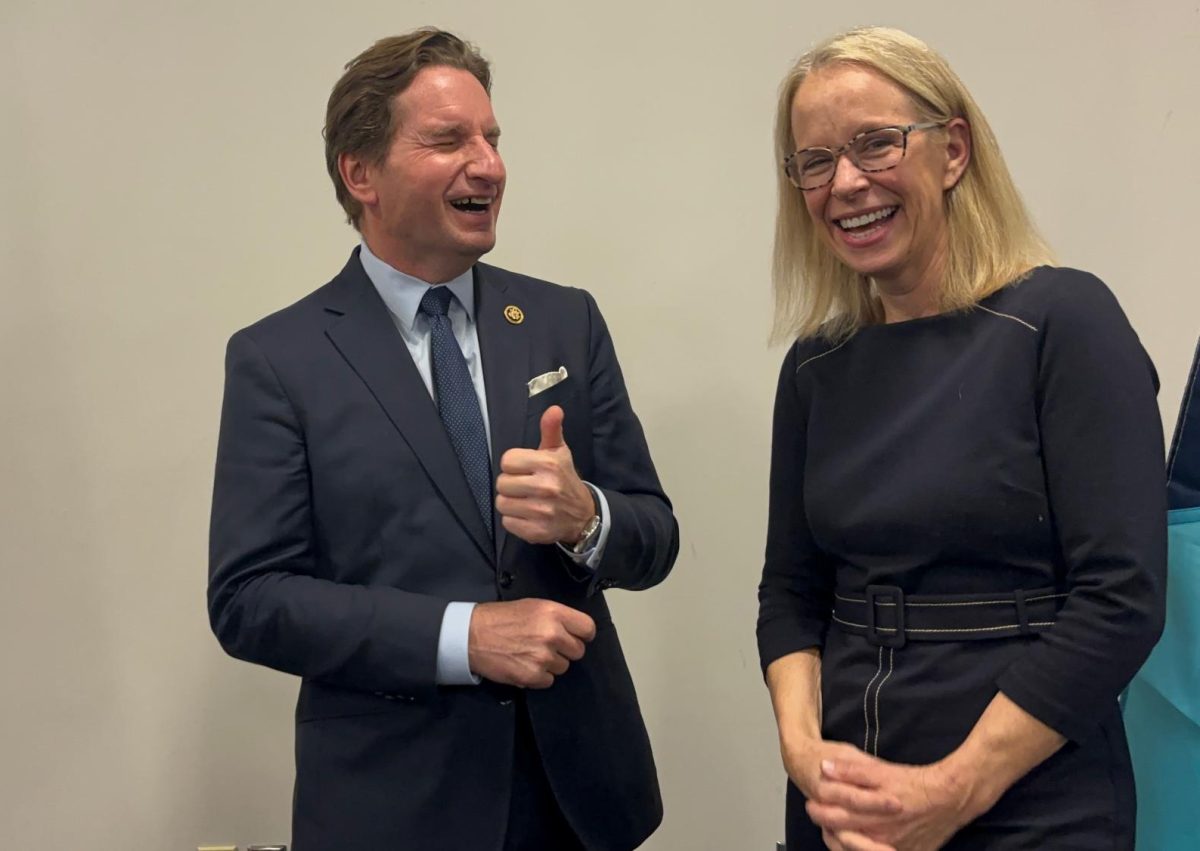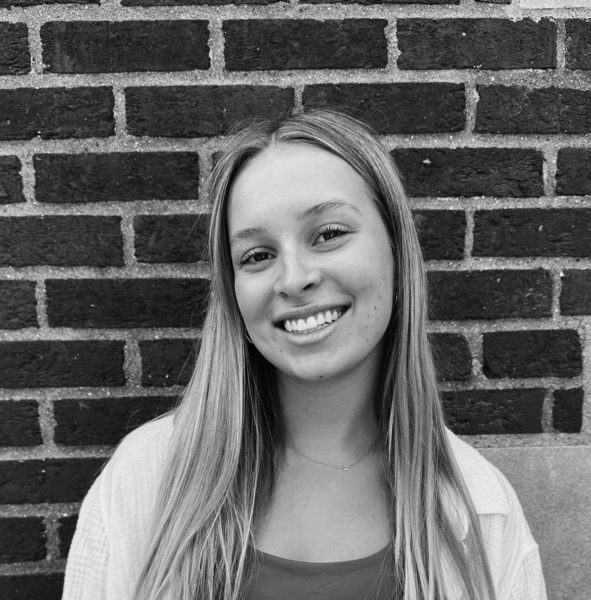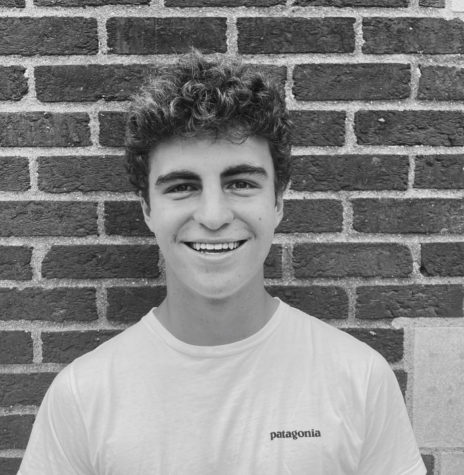As part of a growing movement across schools in the U.S., Blake has recently put in a Makerspace in the library, providing students with space to work on physical projects. Nat Gilsdorf, the Upper School’s student innovation coordinator, explains, “the idea [of the Makerspace] is to allow teachers to feel more comfortable assigning projects instead of papers or tests and to make it more equitable for students to work on those projects.” While Gilsdorf is the main person that runs the Makerspace day to day, there is a team consisting of Gilsdorf, Liz Buchanan, Brian Sago, Will Bohrnsen, and Kali Olson who collectively make decisions about the space, like what kinds of technology they want. Currently, the Makerspace has two Glowforge laser cutters, which can cut various different materials, a die cutter, which can cut stickers or large pieces of paper, and two Ultimaker 3D printers. They plan on introducing more resources in the coming months.
During first semester, the Makerspace was located in the front study room in the library but has since expanded into the back study room as well. The study rooms were chosen to be replaced primarily because of building codes. In order for the technologies to operate properly, the Makerspace needed to be in a room that has newer power as well as better ventilation. Gilsdorf and the Makerspace team had hoped to put it near the robotics room or woodshop, but were forced to find a space in the science wing as it fulfills these requirements. Another large influence on this decision was Forum, who voted in favor of the study room option when presented with possible locations last year.
As for the lost study spaces, Gilsdorf adds, “We also recognize that there is definitely a desire for the students to have a space that they can own like that. There have been conversations [about replacing the study rooms], but there aren’t any definitive plans at the moment.” Students’ opinions about the new Makerspace and the lost study rooms are somewhat mixed, but many share similar confusions about the change.
Michelle Elliot ‘25 explained that she doesn’t know much about the Makerspace nor does she plan on using it. Kelly Deng ‘25 who utilized the study rooms adds, I’m a little annoyed because I don’t think many people will use the Makerspace and not many people did to begin with. Josh Smith ‘23 remains pretty neutral in regards to the change. He explains, “I can’t say that I used [the study rooms] enough that I’d be really frustrated by [their removal], but I also feel that people did use those spaces in an effective way for studying. I’m not sure [if I’ll use the Makerspace].”
Once the Makerspace is running, easy projects that students can do during a free block will be provided as well as space and resources to complete personal projects or projects for classes. Gilsdorf adds, ìIf folks have any idea of what they want to make, they are welcome to come in here and talk about it and we are happy to do everything we can to try to make it happen.


